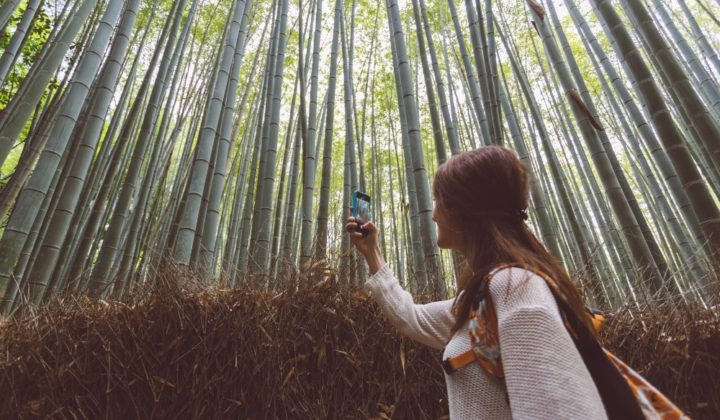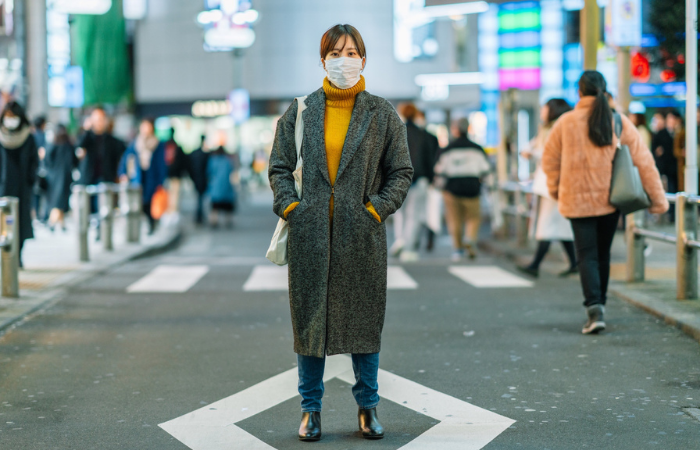Going to the dentist can be daunting in any country, but especially more so if you are somewhere where you don’t speak the language (either at all, or just conversationally), if you have to go by yourself, or if it is just a new environment. For anyone living in Japan or visiting with a need to get a dental checkup or emergency treatment, here is a short guide on how to face the process of going to the dentist in Japan, and it doesn’t actually have to be daunting at all!
General Procedure Guide For When You Visit the Dentist in Japan
Whether you are nervous about going to the dentist or have no qualms whatsoever, it is important to get your teeth checked at least once every six months by a professional. If you are in Japan at this time, you would have to get it done here.
The first thing to do when planning a dentist appointment is to do some research on dental clinics that are reputable. People in Japan joke that there are more dental clinics in the country than convenience stores… whether or not this is true, there are indeed over 65,000 dental clinics in Japan, so even if you are not in a big city or town, you should be able to find one relatively near you. Dentists in Japan are usually small practices with one or two main dentists and then a few dental nurses and hygienists to help out and/or conduct dental and oral cleaning, which usually takes about half an hour.
Ask Japanese friends, colleagues, or neighbors, or anyone who has lived in the area a while to get a recommendation, as it is not guaranteed that all of these many dentists are of the best quality. If you are unsure of who to ask, most prefectures, cities and municipalities have a list online of English-speaking dentists in the area, or you can also give them or your local international center a call to ask. More general websites like www.haishasan.net and www.shikaiin.com can also give you an overview of dentist locations. As a tourist, a good place to ask is at your hotel or hostel concierge or local private accommodation host.
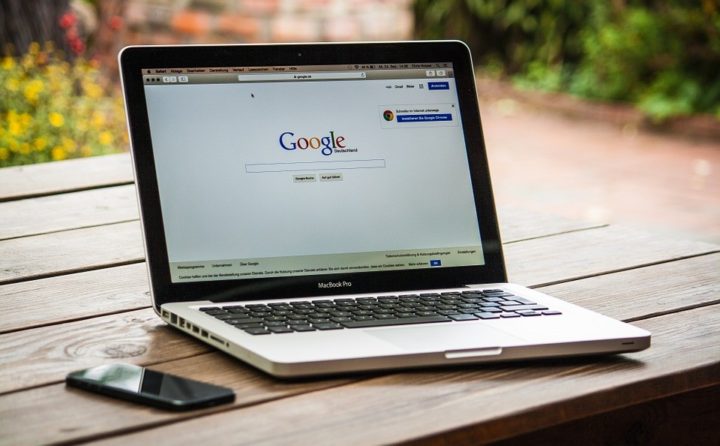
Do some research to find a reputable dentist
Hopefully you can find one that speaks English, but if not, it might be a good idea to get someone who speaks Japanese to come with you, or at the very least prepare some phrases in advance so that you can explain your situation to the doctor. This is especially helpful if you have an actual problem, and are not just looking for a regular checkup or cleaning. Even if you cannot find someone to go with you, many dentists are familiar at least with medical expressions in English. It sometimes helps with communication to write them down. Google Translate is of course also an invaluable app to have downloaded if you do not speak Japanese and you have working internet on your phone.
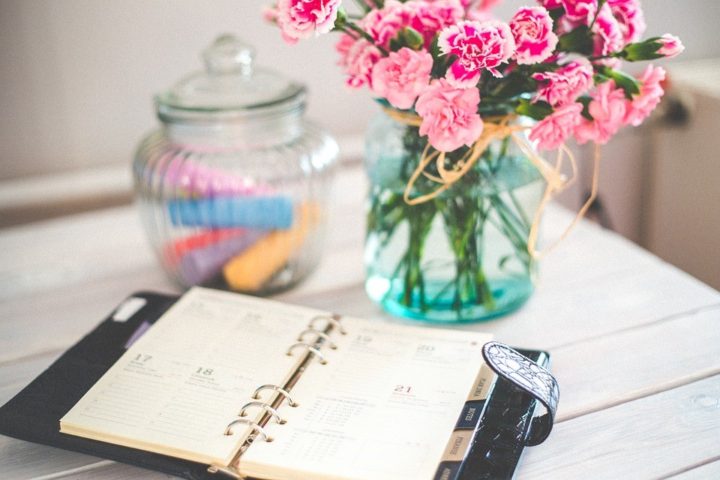
Try and make an appointment in advance if you can
Once you find a dentist, make a call to book an appointment if necessary (some dentists do not require an appointment for regular checkups). On the day, arrive at the clinic a few minutes ahead of your appointment time and make your way to the reception desk. As with anywhere else in Japan, it is courteous and sometimes even mandatory to arrive exactly on time (your appointment might be cancelled if you are more than a few minutes late, particularly in urban areas or during busy periods!) The receptionist will notify the clinic of your arrival. You will also be asked for your insurance card (保険証hokensho) if you are resident in Japan. Be aware that particularly as a tourist or short-term visitor to Japan, you should still have no problems being seen but will be expected to pay upfront. If it your first time at that particular dentist, you will most likely be given an information form on a clipboard.
Take this clipboard to the seating area, where you can take a few moments to fill it in. English-speaking dentists will often have an English version, too. The form will ask for your personal details such as name, date of birth, address, and contact details, but also questions specific to your dental health, such as whether you have had any discomfort or pain recently, any procedures you have had in the past, any allergies you may have, and how you heard about the particular clinic.
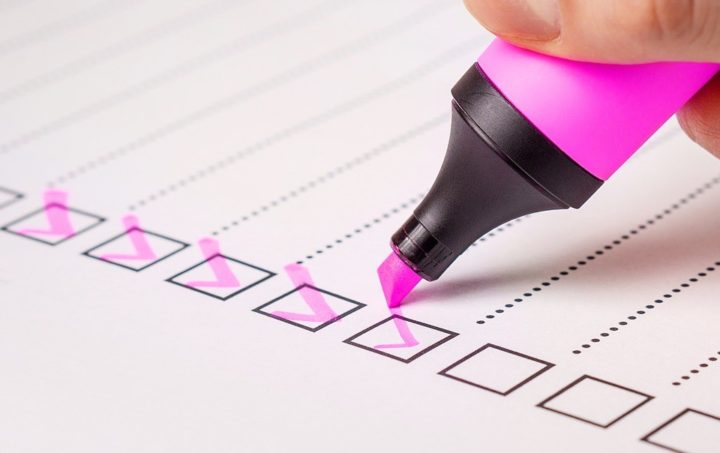
When you have completed the form, take it back to the receptionist who will then call you when you’re the dentist or hygienist is ready to see you. Unlike in many dental practices around the room, many dentists in Japan have open-plan rooms, with three or four dentist chair setups around the room separated by room dividers or curtains. Dentists and hygienists move between these freely, too.
Once inside, the process is basically the same as in any other country. Lie in the seat, and the dentist or hygienist will adjust the height automatically with a foot pedal. A lot of dental clinics have nice little amenities (this is Japan, after all!) such as offering you a lap blanket if it is colder weather, a small lined box to place any glasses or accessories that might get in the way, or a water cooler.
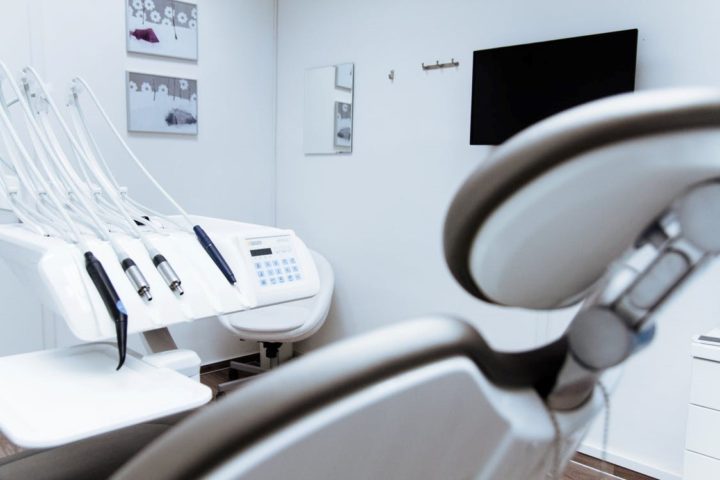
Dentist chairs in Japan are similar to how they are in other countries
One immediate difference between going to the dentist in some clinics in Japan and in a lot of other countries is that while you are being treated, the dentist will place a small towel over your face. This towel has a little hole cut in for your mouth, so whilst the dentist is leaning over you, your eyes and the rest of your face will be neatly covered up! This is nice for a few reasons: the light shining into your face is less intense (and feels less funny than the sunglasses some dentists offer their patients to wear), you can feel free to close your eyes and relax a bit more, and probably feel less awkward with your face so close to the dentist’s.
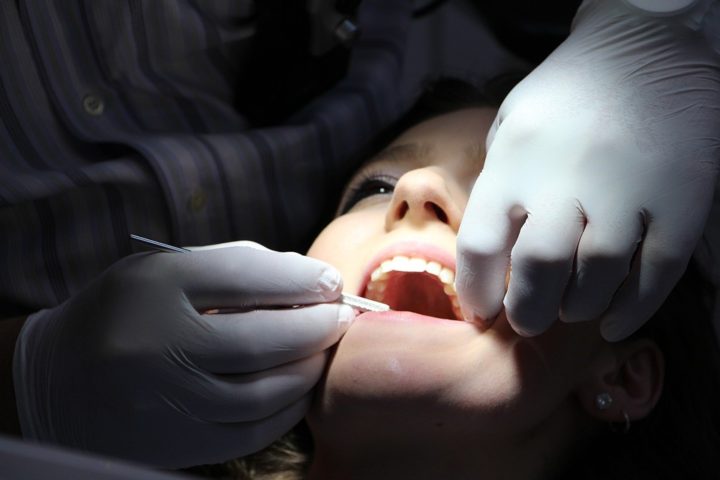
Dentists in Japan are perhaps less likely to administer anesthetics unless they are truly necessary. Even if you do receive anesthetics for root canal, wisdom teeth removal or other potentially painful treatments, it will probably be local rather than general anesthesia.
Once your treatment is complete, head back to the waiting room and have a seat and wait to be called back to the reception desk. At this point, you will be given (or returned) your dentist card, which will be used to keep track of appointments in the future. You will also have to make a payment.

Making a Payment at the Dentist in Japan
Under the Japanese national insurance that you or your employed pay into every month, you are responsible for paying 30% of the dental fee – the same as in other medical establishments. However, be aware that the national insurance only covers necessary dental treatments, such as cavities, root canals, cleanings, checkups and any medication.
You should also be aware, though, that there are different levels within these procedures. For example, even if a root canal is medically necessary (and so covered by insurance), the color and quality of the crown you must get fitted can vary. For instance, insurance often only covers the most basic filling and cap, such as the silver crown. So if you would like to have a white, shaded ceramic inlay fitted by a specialist, it can cost up in the realm of ten times that amount. Many dentists can also often refer you to private, specialist clinics that can focus on and have the appropriate equipment for a smaller and more specialized scope of dental practice. The success rates for these procedures are often also higher than the rates offered by the general dental practitioners in regular dental clinics.
Types of elective dental treatment include cosmetic treatment and orthodontics, such as having braces fitted, tooth whitening, implants, and specialist teeth cleaning. Unlike in other countries around the world, even if you have severely crooked teeth, braces are always considered elective treatment and so will never be covered by the national insurance.
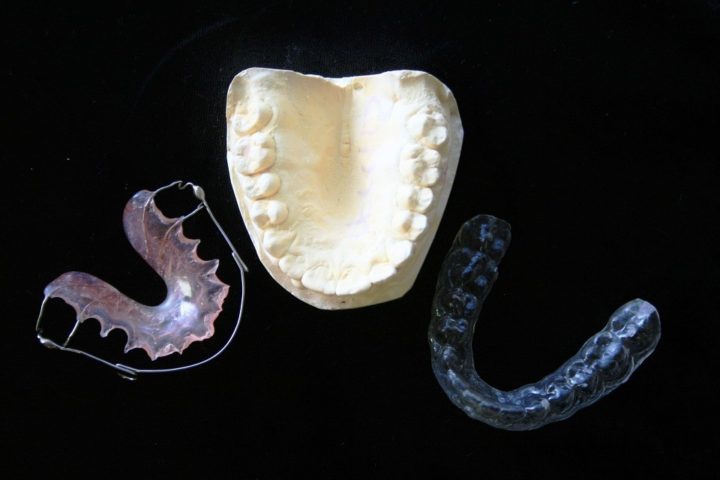
There are many types of dental crowns to choose from with difference price tags
If you are privately insured, you will need to make a claim for the remaining fees at a later point. Make sure to check that your policy includes dental treatment.
Payments are more commonly made in cash, as Japan is still a largely cash-based society. Some dental practices will take card, but be sure to ask beforehand. If you are caught without enough cash, head to a nearby convenience store or bank to withdraw at their ATM. Dental costs and insurance coverage vary depending on the area you are in, so check with your prefecture, city, or municipality if you wish to know in advance.
Other General Tips for Dental Hygiene in Japan
If you are going for more invasive surgery such as gum treatment for gingivitis or extensive root canals, try and look for a reputable oral health specialist rather than one of the many small clinics you see everywhere. If you are unsure about a treatment course being offered to you, it never hurts to get a second opinion at another practice.
If your oral or dental pain does not disappear after having a few treatments, make sure to not rule out that it might not be a dental problem at all – it may be a good idea to see an ear nose and throat (ENT) specialist or orofacial pain specialist. Depending on your circumstances, your dentist will be able to write you a referral.
It is also common in Japan for lengthy procedures to be done in short spurts – you will more likely be seen for thirty minutes at a time, three times, than have a single session lasting an hour and a half. Unfortunately, you have to go through the same ‘checking in’ process every time, but your dentist card will hopefully quicken this as you go from your second time onwards.
Look out for fluoride in your toothpaste to protect your enamel
Toothpaste in Japan can be bought at any drug store, supermarket or convenience store. It is common talk that the Japanese toothpaste that is readily available does not contain fluoride, a mineral that is usually an ingredient in toothpaste as it prevents cavities by strengthening the tooth enamel. In many countries, fluoride is even added to public water! However, although this was the case until perhaps a few years ago, most brands today do contain fluoride, so just look out for the phrase フッ素, or fusso, on the packaging.
Of course, if you feel more comfortable bringing your own or having people send you toothpaste from your home country; feel free to do just that!
Visiting the Dentist in Japan: There’s No Need to Worry!
Don’t be put off by going to the dentist in Japan, whether you need actual treatment or are scheduled for a regular checkup. Whether you live here or are just visiting, good Japanese dentists are known to be of top quality and very affordable. Japanese dentists also have a reputation for being professional and accessible, so try not to worry. Do you feel comfortable enough to get checked out now? Good luck and don’t forget to brush!
Maia Hall / UK


